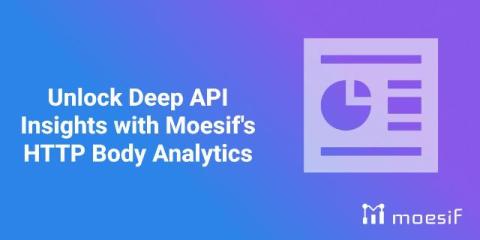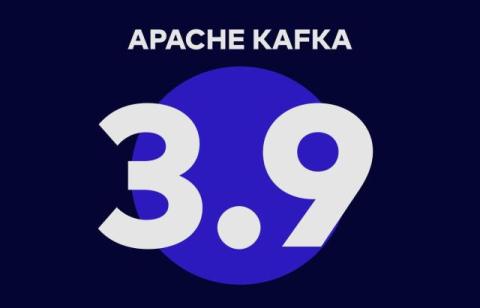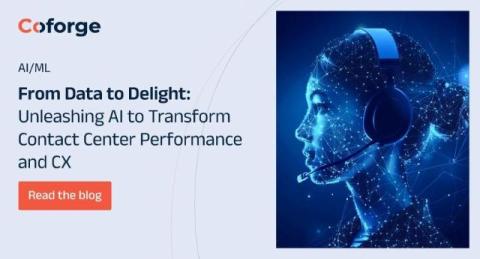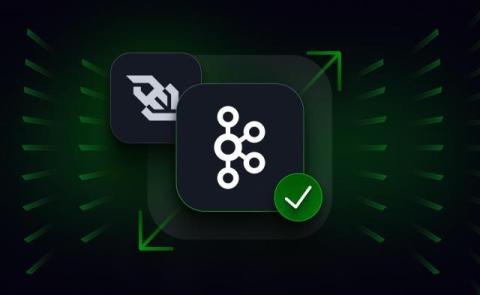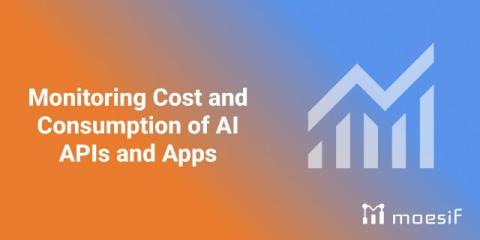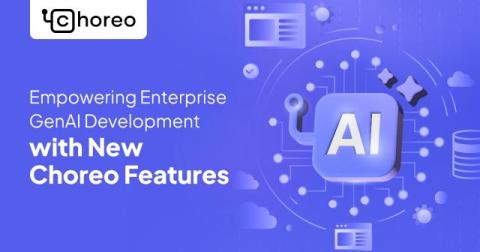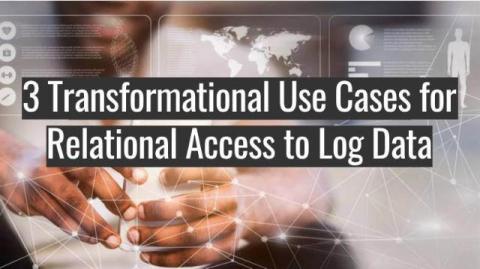Unlock Deep API Insights with Moesif's HTTP Body Analytics
Understanding how your APIs handle and process data drives better decision-making. Different kinds of data flow through APIs and the services that consume them. But the actual information lives inside the HTTP request and response bodies. If you can effectively leverage that data with the contextual API metrics like status codes and routes, you can better understand how your customers consume your services.


